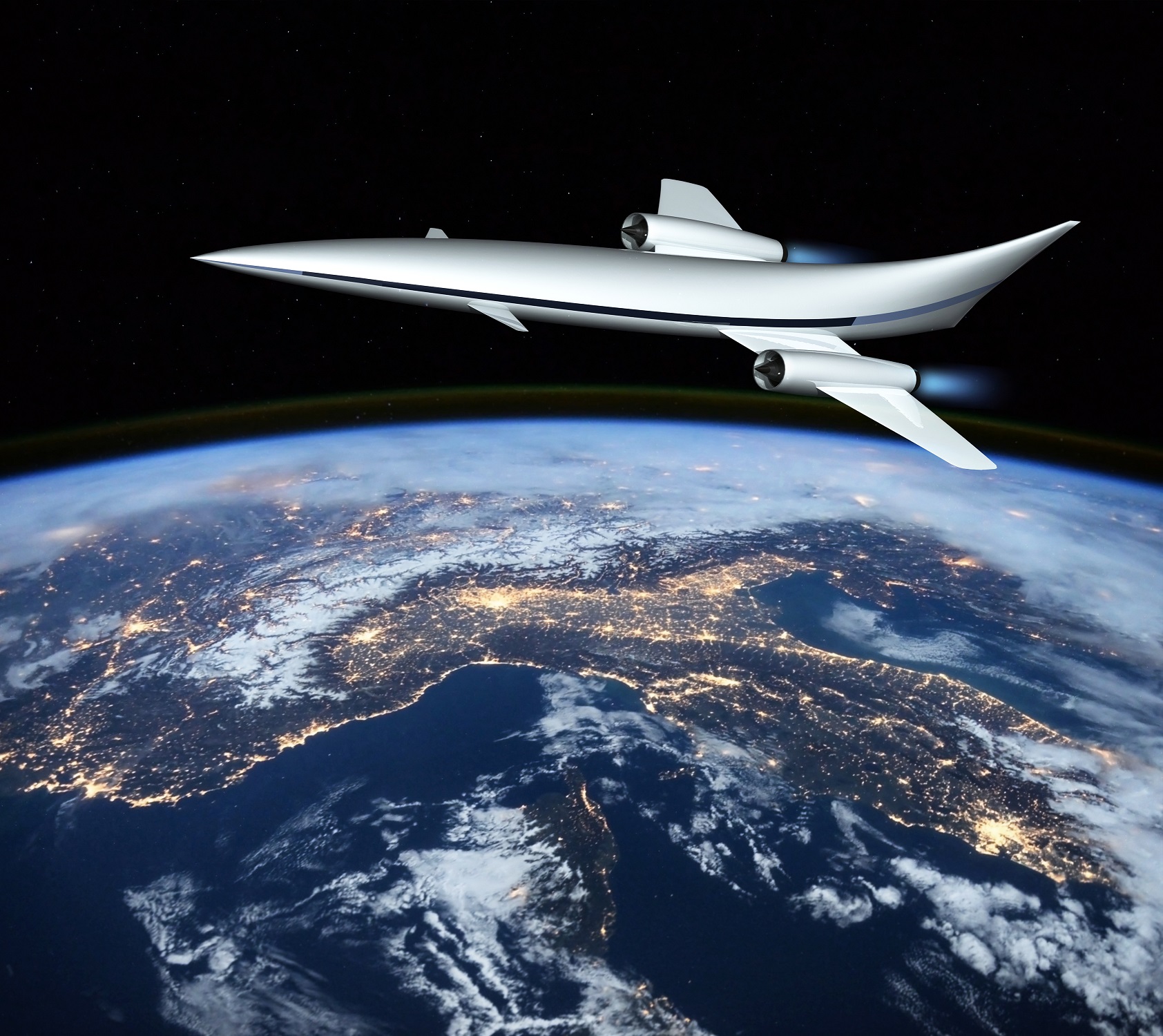
By Heather Hamilton, contributing writer
In 2013, an unmanned aircraft hit Mach 4.8 with help from a rocket booster. The X-51A, with the help of the scramjet engine, eventually reached Mach 5.1 (approximately 3,400 mph) and held it for three minutes. Now, experts say that such flights may be operational within 10 years.
Initially, they’ll be used in missiles because they’re nearly impossible to shoot down being that they’re quick and quiet, giving little warning. Right now, Russia and China are also working on hypersonic flight. In fact, a Chinese journal recently published a study indicating that they have a wind tunnel that allows for testing of a hypersonic plane reaching Mach 7.
The U.S. is certainly not alone in the pursuit of hypersonic flight, and the Pentagon knows it.
In February, the LA Times reported that head of the Navy’s U.S. Pacific Command, Adm. Harry Harris Jr., recently told a House Armed Services Committee, “I am also deeply concerned about China’s heavy investments into the next wave of military technologies, including hypersonic missiles. If the U.S. does not keep pace, [U.S. Pacific Command] will struggle to compete with the People’s Liberation Army on future battlefields.”
To advance such flight in the U.S., the Defense Advanced Research Projects Agency (DARPA) has enlisted a number of defense firms. Reports indicate that the Defense Department will begin testing hypervelocity projectile for gun systems capable of Mach 6.
James Acton, who serves as co-director of the Nuclear Policy Program at the Carnegie Endowment for International Peace think tank, says that, right now, this sort of development in the U.S. isn’t being driven by a particular mission, which slows things down.
Loren Thompson, an aerospace analyst at the Lexington Institute think tank believes that, between 2020 and 2035, tens of billions of dollars might go into hypersonics contracts, likely in Southern California, which hosts a variety of research centers in the industry as well as government. Boeing has indicated that they’re exploring hypersonics at their Huntington Beach, St. Louis, and Seattle facilities.
Currently, the biggest hurdle to hypersonics research in the U.S. is in materials science — high temperatures while entering Earth’s atmosphere melt aluminum, and a plane’s structure is not built to withstand such conditions. As such, researchers are looking into titanium and nickel-based alloys, which can withstand temperature but not speeds greater than Mach 5.
Size is also an issue. Rockets propel vehicles to adequate speeds but are too cumbersome for use in smaller missiles and aircraft. Here, the scramjet shines. The engine, which uses air to boost speeds higher than Mach 5, is light and efficient, though scaling up can present a challenge.
China’s wind tunnel is particularly impressive because it allows for actual testing — often, researchers rely on computer simulations because of limitations in size. While these simulations are helpful, they also limit results of potential conditions seen in the real world. Recent developments are helping to combat these challenges, but we’re still a few years out and they will likely be used first in missiles and then in manned aircraft.
Last week, Russian President Vladimir Putin announced that Russia had successfully tested a hypersonic cruise missile, which led to a near immediate announcement that increases in the 2019 budget will allow for additional research, so time will tell.
Sources: Physics, Mechanics, and Astronomy, LA Times, Defense News
Image Source: Pexels
Advertisement
Learn more about Electronic Products Magazine





